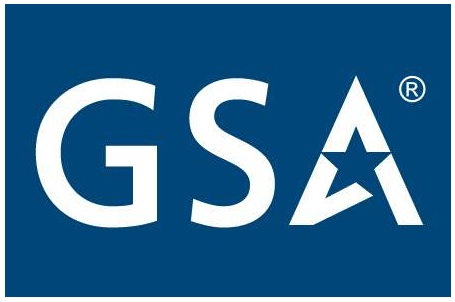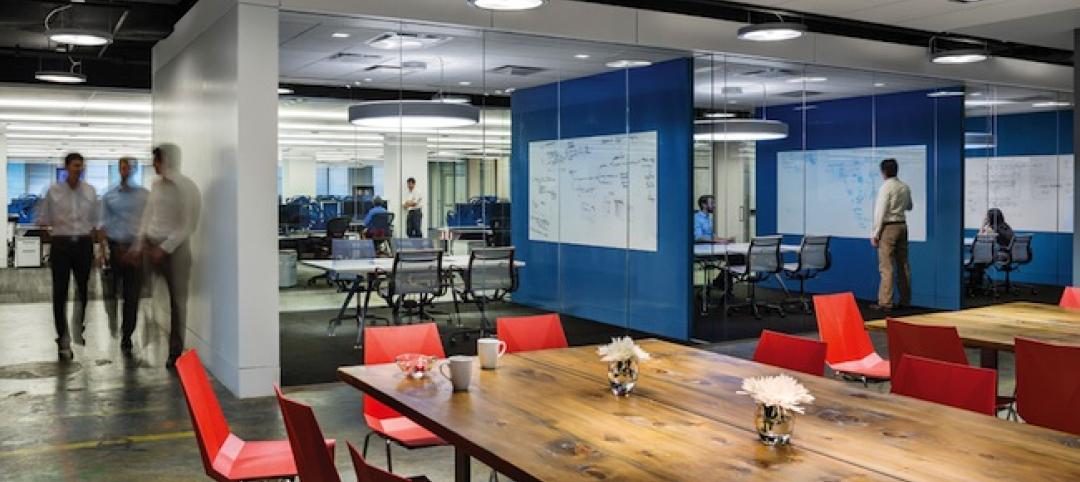WASHINGTON - GSA announced that it will test and evaluate 16 emerging sustainable building technologies and practices in select federal facilities under its Green Proving Ground program. Testing will determine the most effective technologies that may then be replicated on a wider-scale basis throughout the GSA inventory with the goal of transforming markets for these technologies.
"GSA is leading the way in sustainable design and construction operations," GSA Administrator Martha N. Johnson said. "By using our real estate portfolio as a test bed for new technologies, we can then provide further innovation in energy efficiency standards and implement best practices that will lead the market."
The technologies selected were from a pool of approximately 140 projects across GSA's national portfolio that are currently implementing innovative or underutilized sustainable building technologies. The 16 technologies and practices were selected for evaluation because they have the greatest potential to meet GSA's sustainability goals. Examples of the technologies chosen include wireless temperature sensors, electrochromic windows, high R-value windows, integrated lighting systems, thin-film photovoltaic panels, solar water heating with integrated photovoltaic panels, chilled beams, and non-chemical water treatment systems.
With support from the Department of Energy's National Laboratories, the Green Proving Ground program will perform enhanced testing, monitoring and evaluation on these selected technologies. Notable findings from all of the projects will be used to support the development of performance specifications for GSA's real estate portfolio and other federal agencies. Additionally, testing these technologies will assist industry in deploying the technology and practices studied.
For more information on the 16 technologies to be evaluated under GSA's Green Proving Ground program and on GSA's registry of sustainable building technologies, visit http://www.gsa.gov/GPG.
Related Stories
| Dec 29, 2014
HealthSpot station merges personalized healthcare with videoconferencing [BD+C's 2014 Great Solutions Report]
The HealthSpot station is an 8x5-foot, ADA-compliant mobile kiosk that lets patients access a network of board-certified physicians through interactive videoconferencing and medical devices. It was named a 2014 Great Solution by the editors of Building Design+Construction.
| Dec 28, 2014
Robots, drones, and printed buildings: The promise of automated construction
Building Teams across the globe are employing advanced robotics to simplify what is inherently a complex, messy process—construction.
| Dec 28, 2014
AIA course: Enhancing interior comfort while improving overall building efficacy
Providing more comfortable conditions to building occupants has become a top priority in today’s interior designs. This course is worth 1.0 AIA LU/HSW.
| Dec 28, 2014
10 key design interventions for a healthier, happier, and more productive workplace
Numerous studies and mountains of evidence confirm what common sense has long suggested: healthy, happier workers are more productive, more likely to collaborate with colleagues, and more likely to innovate in ways that benefit the bottom line, writes Gensler's Kirsten Ritchie.
| Dec 28, 2014
Workplace design trends: Make way for the Millennials
Driven by changing work styles, mobile technology, and the growing presence of Millennials, today’s workplaces are changing, mostly for the better. We examine the top office design trends.
| Dec 6, 2014
Future workplace designs shouldn’t need to favor one generation over another, says CBRE report
A new CBRE survey finds that what Millennials expect and need from offices doesn’t vary drastically from tenured employees.
| Nov 18, 2014
New tool helps developers, contractors identify geographic risk for construction
The new interactive tool from Aon Risk Solutions provides real-time updates pertaining to the risk climate of municipalities across the U.S.
| Nov 10, 2014
5 guiding principles for solving airflow issues in open-plenum office spaces
Although architecturally appealing, exposed ceilings can create unwanted drafts and airflow problems if not engineered correctly. McGuire Engineers' Bill Stangeland offers tips for avoiding airflow issues on these projects.
| Nov 5, 2014
Survey: More than 75% of workload takes place without face-to-face interactions
With the rise of technology, much of the workday—even the most productive morning hours—is spent corresponding via email or conference call, according to a recent survey of corporate workers by Mancini•Duffy.
| Nov 3, 2014
An ancient former post office in Portland, Ore., provides an even older art college with a new home
About seven years ago, The Pacific Northwest College of Art, the oldest art college in Portland, was evaluating its master plan with an eye towards expanding and upgrading its campus facilities. A board member brought to the attention of the college a nearby 134,000-sf building that had once served as the city’s original post office.
















